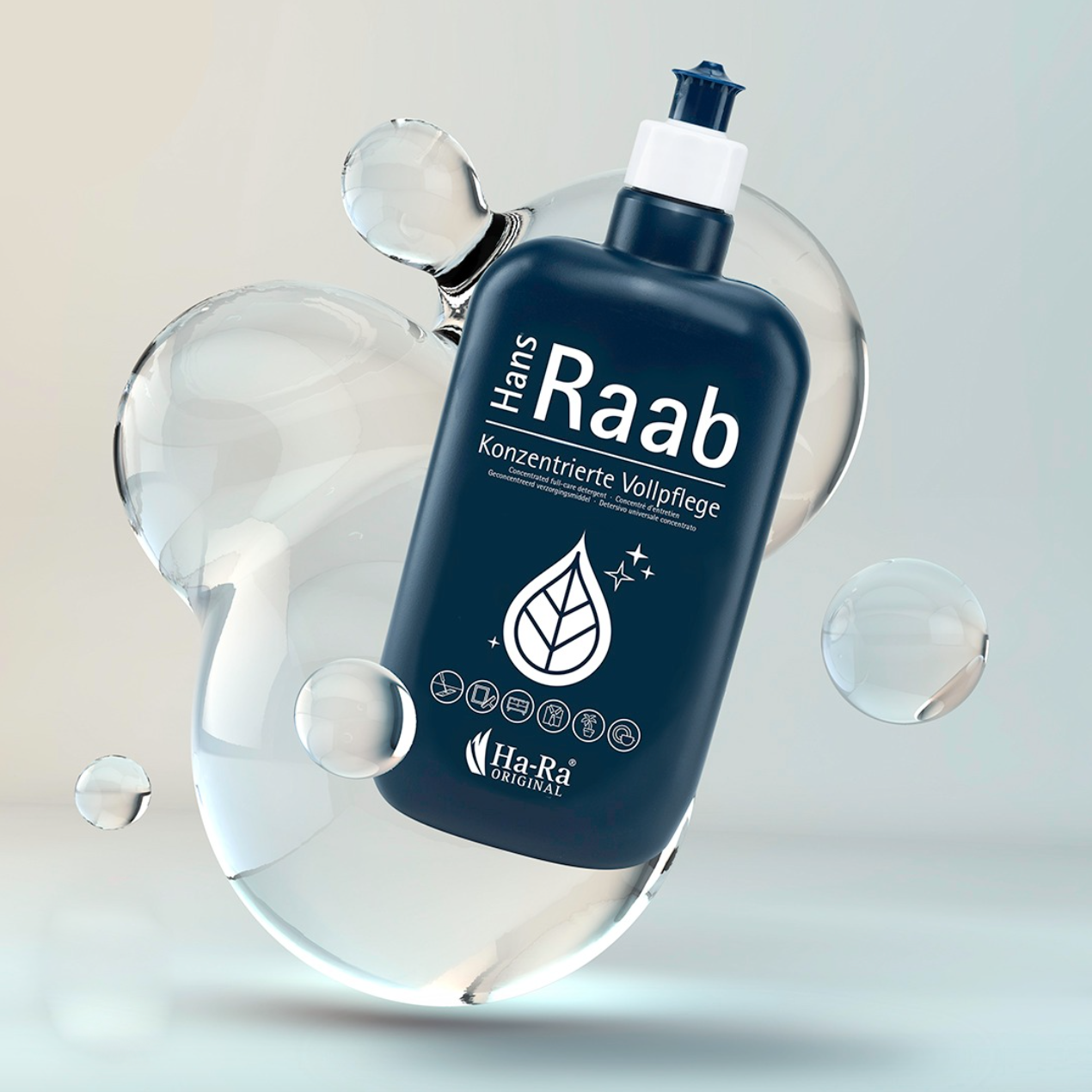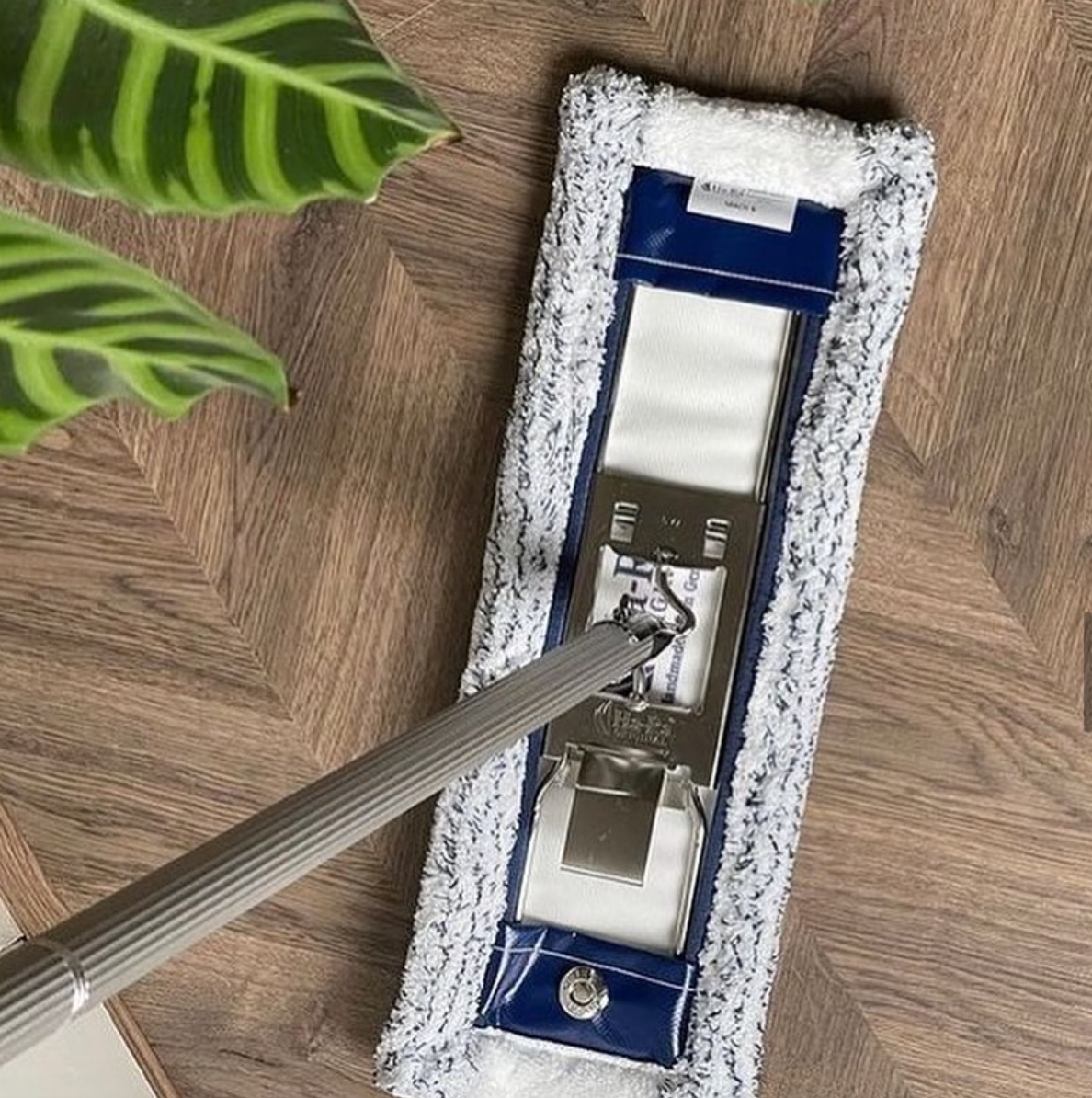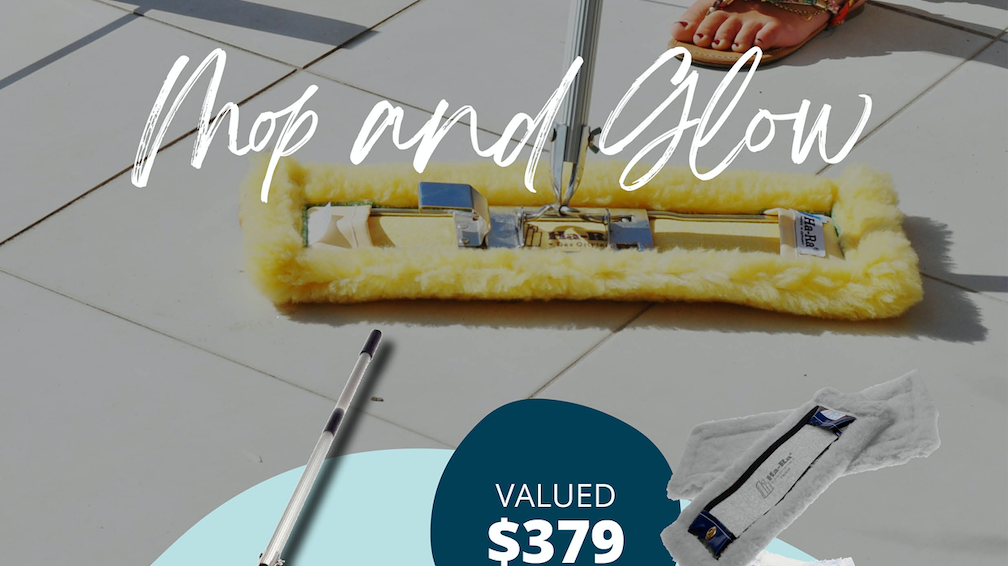Exactly how do microfibers function?
If you want to clean a large, dirty wall as quickly and thoroughly as you can. You could use a toothbrush, but it would take you forever. So probably you'd opt to use the biggest brush with the most bristles you can find.
If you want to clean a worktop really well, what's the best thing to use? You can't use a gigantic brush or even a huge cloth, but you can achieve the same effect by using a cloth that packs more punch into the same cleaning area. An ordinary cleaning cloth has fibres made of cotton or a synthetic material such as nylon. You've seen pieces of cotton so you know exactly how big the fibres are. But a microfiber cloth has far more fibres and they're much smaller. If "many hands make light work", so do many fingers—or many micro-fibres.
Why do smaller fibres clean better?
Microfibers are able to attach themselves to even the smallest, most microscopic dirt particles—ones those normal cloth fibres crudely brush past. If forces were visible, you'd be able to see that there are adhesive forces between microfibers and dirt.
Rremember that there are millions of microfibers in a cloth, so the overall sticking effect is magnified dramatically. That's why dirt and dust can be "hoovered up" by microfiber cloths. And it's also why you have to clean microfiber clothes so very thoroughly after you've used them.
How microfiber cleaning cloths work
Mechanical cleaning
If you use a microfiber cloth, there's no detergent involved, so how is the dirt removed? Instead of detergent, we rely on millions more fibres that can sweep dirt away. The fibres attach themselves to dirt particles. Working as a team, many fibres apply powerful enough forces to dislodge the dirt (loosened with a small amount of water) and carry it away, leaving the surface naturally dirt-free. This is new-fangled cleaning with physics using nothing but the adhesive power of forces—cleaning mechanically and without chemicals. The dirt stays locked inside the cloth's fibres until you wash it in warm water, which makes the fibres uncurl slightly and release their dirty content.
How are microfiber cloths made?
The cloth is made by forcing the plastics through a tiny pipe and heating them so they weave together. These fused fibres are then split apart into microfibers 10-20 times smaller.
What's the best way to use microfiber cloths?
If you're cleaning very dirty windows use the Green Glove and water to wash all the dirt off first. Then rinse them thoroughly with clean water and use a Window Cleaner to clean and dry-off. You'll be amazed at the smear-free, sparkling finish. If your windows or mirrors aren't too dirty to start with, simply use the microfiber cloth by itself with a little water. You can use microfiber cloths to clean virtually any hard surface. Try them on your bathroom or kitchen surfaces and you'll be amazed at the results.







